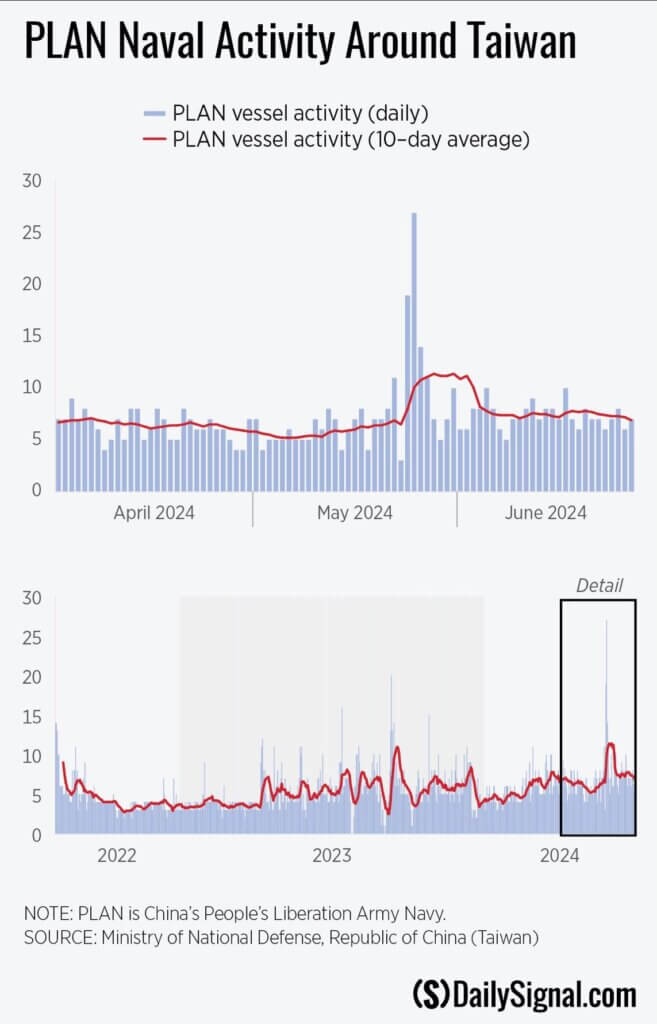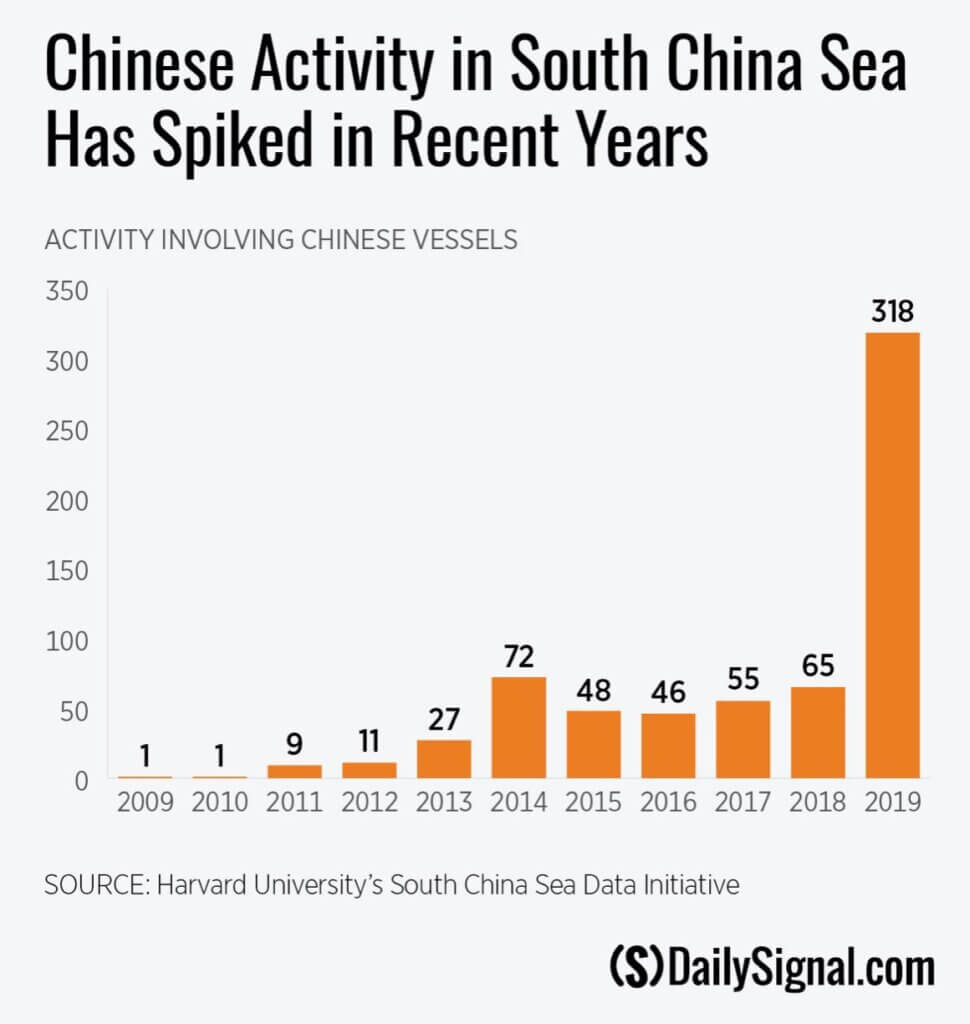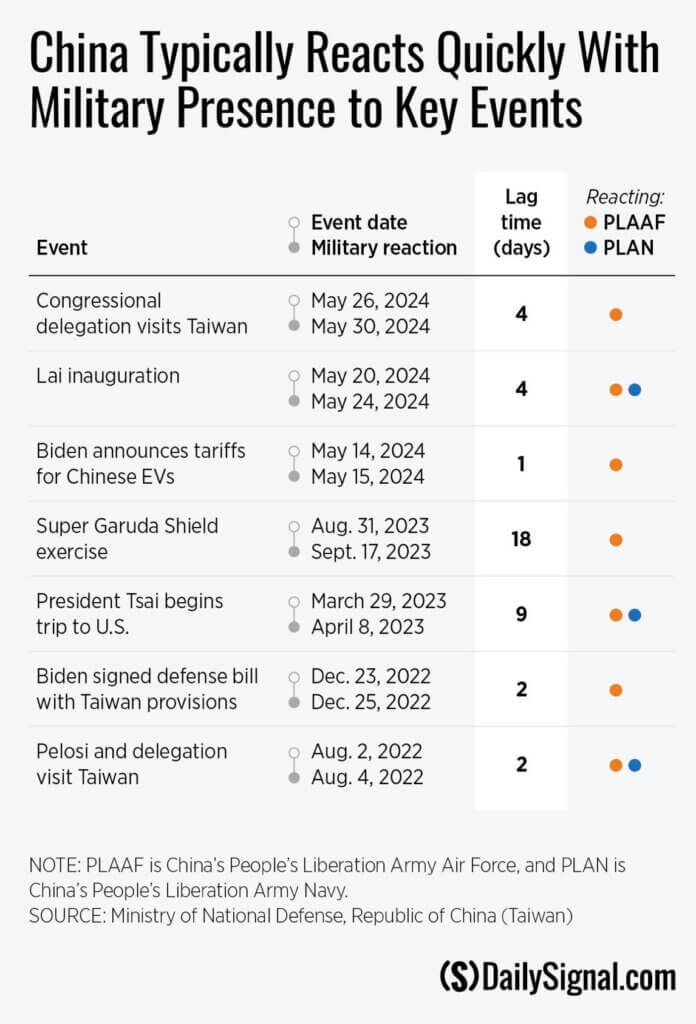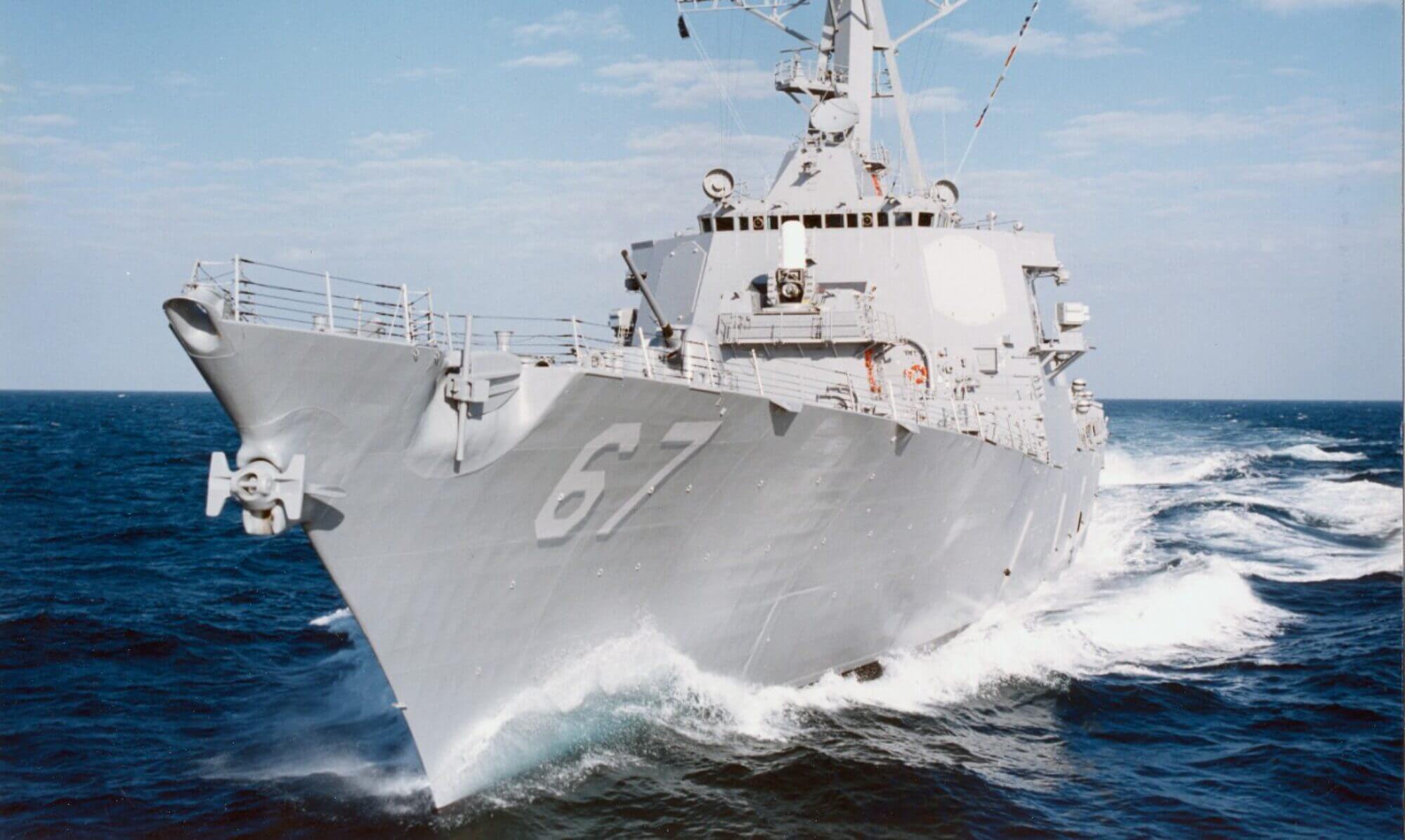
The South China Sea has been a hotspot for geopolitical tensions over the past decade, with Chinese activity in the region increasing significantly. Recent analysis by former US Naval Captain Brent Sadler sheds light on this growing issue, highlighting a concerning shift from grey-zone tactics to potential direct confrontation.
Chinese Activity in the South China Sea
A stark representation of this escalation can be seen in the data provided by Harvard University’s South China Sea Data Initiative. The graph below illustrates the dramatic rise in Chinese vessel activity from 2009 to 2019. What was once sporadic has now become a frequent occurrence, with 318 instances of Chinese vessel activity recorded in 2019 alone.

This surge in activity signals a strategic shift by China, aiming to assert its dominance and challenge international norms in the region. The implications for regional security and global trade are profound, as the South China Sea is a critical maritime route for commerce.
PLAN and PLAAF Activity Around Taiwan
Further emphasizing this point, the data from Taiwan’s Ministry of National Defense reveals a notable increase in both naval and aerial activities by the People’s Liberation Army Navy (PLAN) and the People’s Liberation Army Air Force (PLAAF) around Taiwan. The graphs below show daily and average activities over recent months and years.

This pattern of behavior highlights China’s broader strategic objectives, including the potential to disrupt regional stability and challenge the status quo regarding Taiwan. The frequency and intensity of these activities suggest an increasing readiness to transition from grey-zone strategies, which include tactics like maritime militia operations and cyber intrusions, to more overt and direct forms of confrontation.
China’s Rapid Military Responses to Key Events
Another critical aspect of China’s strategy is its rapid military response to key geopolitical events. The table below, compiled from data by Taiwan’s Ministry of National Defense, showcases how quickly China mobilizes its military assets following significant political or military developments involving Taiwan or US interests.
Notably, there are consistent patterns of PLA activities within days of high-profile events, indicating a highly responsive and proactive approach to military operations. This level of responsiveness underscores the importance China places on maintaining a dominant posture in the region.
Expert Opinion: Brent Sadler
Brent Sadler, a former US Naval Captain and current analyst, provides a critical perspective on these developments. He notes, “The willingness of China to escalate from grey-zone tactics to direct confrontation is alarming. This shift not only threatens regional stability but also challenges the rules-based international order that has underpinned global maritime security for decades.”
Sadler’s analysis suggests that the international community, and particularly the United States, must remain vigilant and prepared to counter these aggressive maneuvers. Strengthening alliances, enhancing maritime domain awareness, and maintaining a robust naval presence in the region are essential steps to deter further escalation.
Conclusion
The data and expert analysis presented here underscore a significant and growing threat in the South China Sea and around Taiwan. As China continues to assert its influence through increased military activity, the risk of direct confrontation becomes more tangible. It is imperative for the global community to address these challenges with a unified and strategic approach to ensure continued peace and stability in the region.
.

